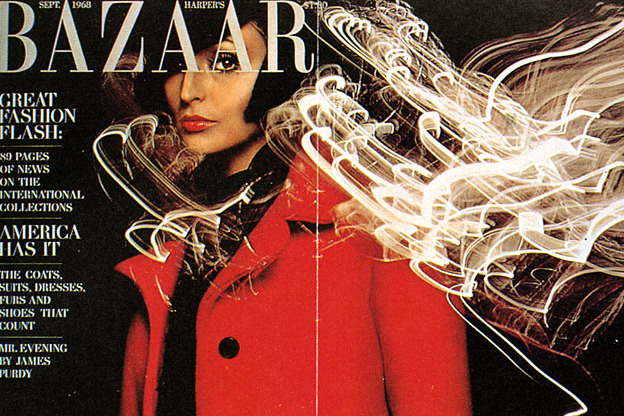Beatriz Feitler was a Brazilian designer and art director who worked for publications such as Harper’s Bazaar, Ms., Rolling Stone, and the first issue of the current Vanity Fair.

Feitler was born in Rio de Janeiro in 1938, following the exodus of her Jewish parents, Rudi and Erna Feitler, from Nazi Germany. She spent the majority of her career in the United States, where she attended Parson’s School of Design in New York City. She created record sleeves for Atlantic Records.
She returned to Brazil to study painting in Rio de Janeiro after graduating in 1959. She founded Estudio G, an art studio specializing in posters, album covers, and book design, with two other graphic designers, Sérgio Jaguaribe and Glauco Rodrigues. Feitler worked for the progressive Senhor magazine in an advertising agency.
Among her, most significant works from this time are the book covers she created for Editora do Autor, a brief publishing venture founded by authors Fernando Sabino and Rubem Braga.
Feitler returned to the United States in 1961, where she was hired as an art assistant at Harper’s Bazaar by her former Parsons teacher, Marvin Israel, and went on to become co-art director of the magazine with Ruth Ansel only two years later.
During their joint tenure at Harper’s Bazaar, Feitler and Ansel produced high-quality designs while responding to the political and cultural changes of the 1960s. Feitler was often ahead of her time; for example, in 1965, she and Richard Avedon used the first black model in a major fashion magazine shoot, resulting in a public backlash and loss of business. For several years after Feitler, black women would not be regularly featured in the magazine.
Feitler left Harper’s Bazaar in 1972 to work with Gloria Steinem on the launch of Ms. magazine, where she remained until 1974. She was the first art director at Ms. magazine, where she pioneered an experimental aesthetic with Day-Glo inks and a fusion of photography, illustration, and typographic compositions.

Feitler began teaching design classes at the School of Visual Arts in 1974 and worked on several freelance projects including posters and costumes for the Alvin Ailey Dance Company, ad campaigns for Christian Dior, Diane von Furstenberg, Bill Haire, and Calvin Klein, and record jackets for the Rolling Stones’ album Black and Blue. Feitler began working for Rolling Stone in 1975, thanks to the persistence of Annie Leibovitz, kicking off a six-year relationship with the magazine that would see her redesign its format twice.
The first edition of the resurrected Vanity Fair was Feitler’s final work. She had undergone surgery and chemotherapy to treat a rare kind of cancer at the time, and she had been doing so for several months. Before the issue was released, Feitler died on April 8, 1982.
Sources:
https://en.wikipedia.org/wiki/Bea_Feitler
http://adcglobal.org/hall-of-fame/bea-feitler/
Image Sources:
https://www.ripostemagazine.com/bea-feitler

Leave a Reply